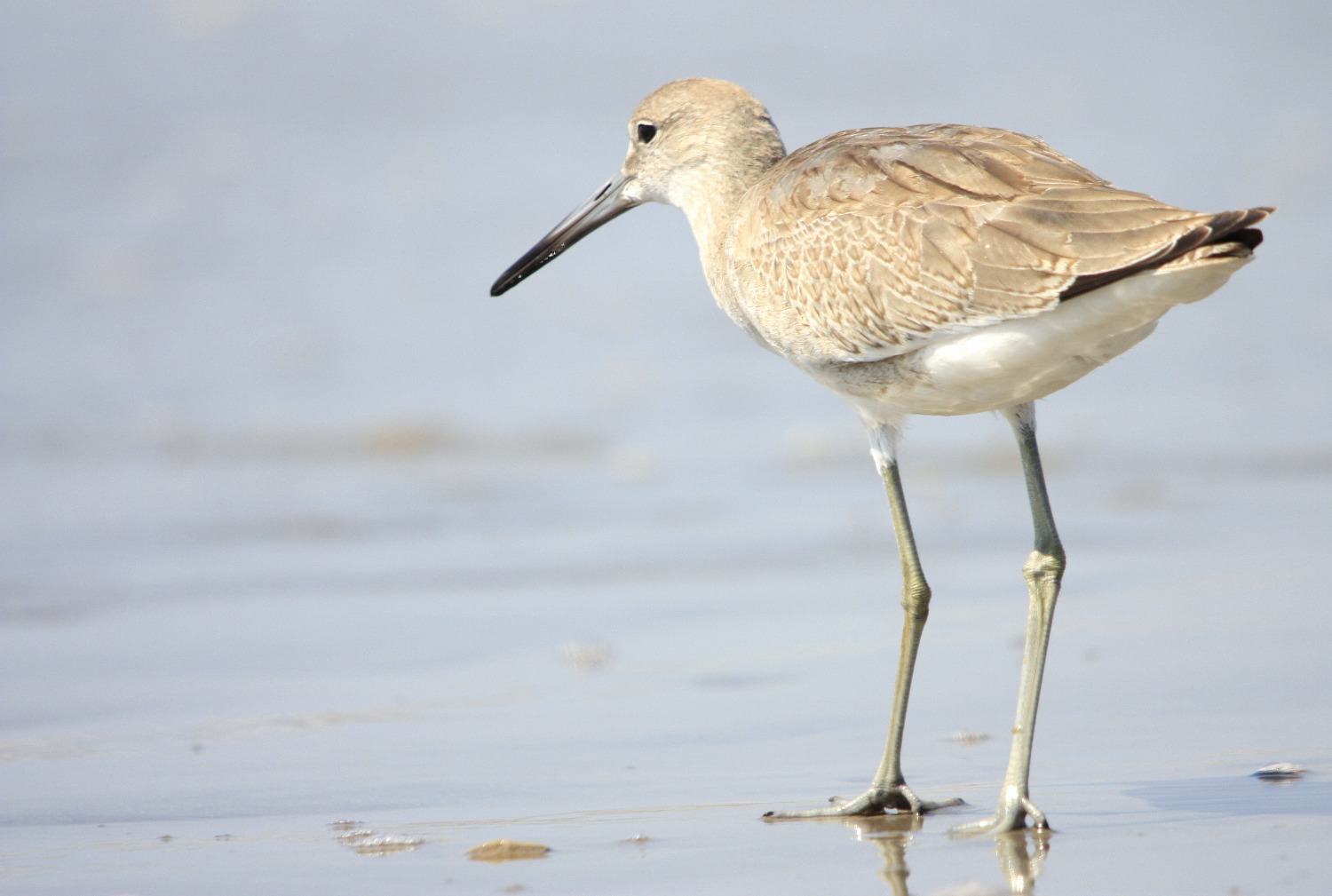I had a very slow birding summer, with a knee problem that kept me out of the field and off my bike for three months. But now my knee is better and I am back birding with Gus Yaki and the Friends of Fish Creek Society. I went out twice with this group to the Hull’s Wood/Sikome/Lafarge Meadows area in mid-September. Here are some pictures from those trips (click on the pictures to enlarge them).
 Two Double-crested Cormorants, and on the right, an Osprey, silhouetted against the rising sun.
Two Double-crested Cormorants, and on the right, an Osprey, silhouetted against the rising sun.
A cormorant dries its wings.
Double-crested Cormorant, this time with the light on the right side of the bird.
The Osprey perched in a tree.
Red-tailed Hawk in flight.
Northern Flickers.
Greater Yellowlegs, in one of the ponds by highway 22X.
We found a single Wood Duck (centre) hanging out with the Mallards.
Great Blue Heron on its usual rock.
Juvenile Bald Eagle.
This Cedar Waxwing was picking insects out of a spider web high in a tree.
American Kestrel.
Killdeer on the pond.
Killdeer on the river.
Common Raven calling near where they nested in Lafarge Meadows.
Finally, there is this bird, which we found sitting on a path that runs from the Sikome boat launch parking lot to the river. I’ll tell its story next week.
Posted by Bob Lefebvre





































